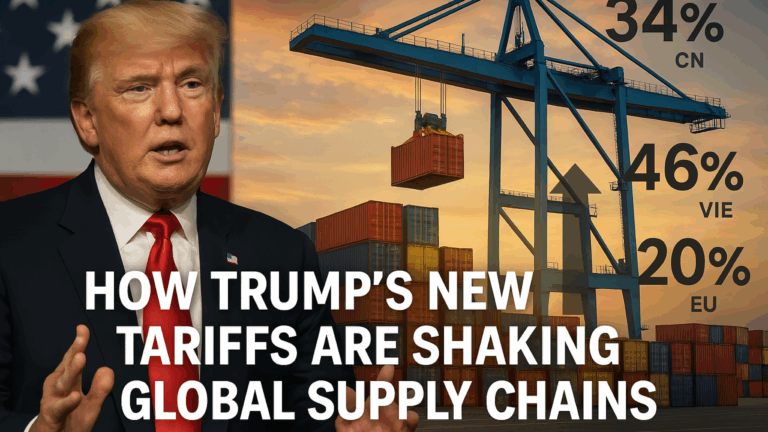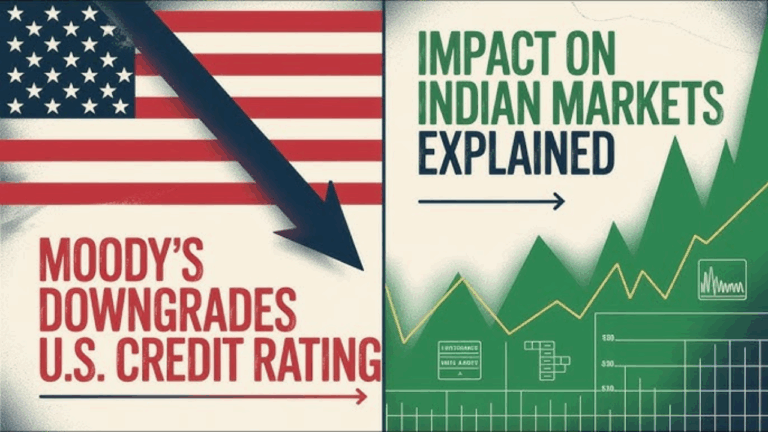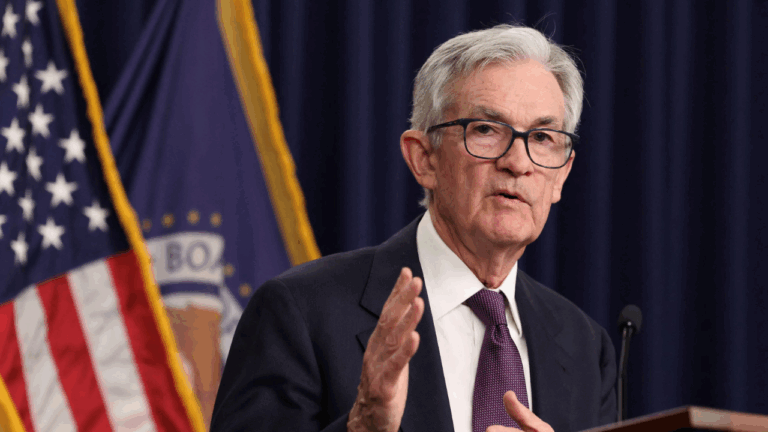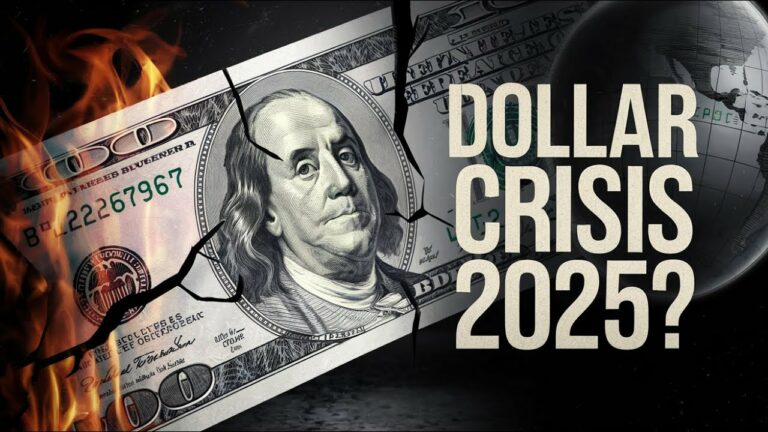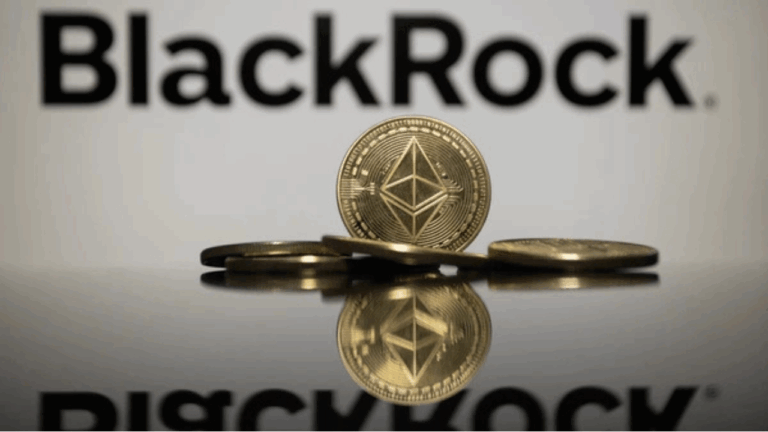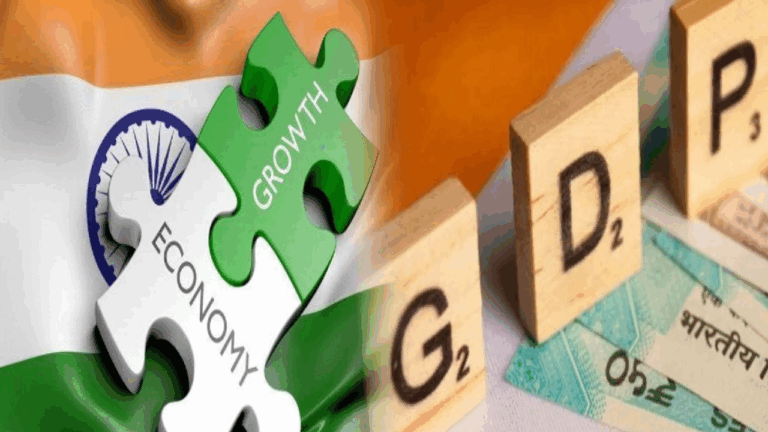Global Economic Forecasts 2025: What It Means as Growth Slows Down
The world economy is moving ahead, but not as fast as before. Experts from top institutions like the IMF, World Bank, and OECD have warned that global growth in 2025 will be slower than expected. This slowdown is not a sign of crisis but a time for countries, including India, to be careful and smart in planning.
In this article by AP News, we explain what is happening with the global economy, what the numbers say, and why it matters to you—even if you’re not an economist.
Global Growth Projections at a Glance
Let’s look at what some of the top global organizations are predicting for 2025:
- International Monetary Fund (IMF): 3.3%
- World Bank: 2.7%
- OECD (Organisation for Economic Co-operation and Development): 3.1%
These numbers may not seem too small, but they are lower than the usual average of around 3.7%. For many countries, this slower growth could mean fewer jobs, tighter budgets, and rising pressure on governments to deliver results.
Country-wise Highlights
🇺🇸 United States
The US economy is expected to grow around 2.2% in 2025, but may slow down further in 2026. Trade tensions, higher interest rates, and policy changes are the main reasons. Consumers are spending less, and businesses are being cautious.
🇪🇺 Europe
Europe is still recovering from energy price hikes and weak industrial output. Growth for countries like Germany and France is predicted to stay close to 1%.
🇨🇳 China
China, once the engine of global growth, is slowing down too. Its growth is expected to be around 4.6%, mainly due to weak property markets and low consumer confidence.
🇮🇳 India
India is doing better than most. The World Bank and IMF both expect India’s GDP to grow around 6.3% in 2025. This is thanks to strong consumer demand, infrastructure investment, and digital development. It also means India is one of the top-performing economies globally.
Why Is the Global Economy Slowing?
There are a few main reasons:
1. Trade Tensions
Countries are putting more taxes (called tariffs) on imported goods. This is hurting international trade and making things more expensive.
2. Policy Uncertainty
Many countries are going through elections and political changes. Investors and businesses are unsure about future rules, so they are waiting before making big decisions.
3. Inflation
Prices of everyday items, especially services like healthcare, education, and transport, are still high in many places. This is making life harder for common people.
🇮🇳 What Does This Mean for India?
Even though the world economy is slowing, India has an advantage:
- A young population that is working and spending.
- Government investment in roads, railways, and power projects.
- A strong tech and digital economy, which brings in foreign investment.
However, India still needs to be careful about:
- Rising fuel prices due to global tensions.
- Export challenges if demand from other countries falls.
- Creating enough jobs for young people entering the workforce.
How Should We Prepare?
As global growth slows, countries need to focus on:
- Domestic consumption: Encouraging local buying and selling.
- Skill development: Training workers for the digital economy.
- Resilient supply chains: So we’re less affected by global disruptions.
Final Word from AP News
The global economy is not crashing—it’s just taking a breather. While the numbers are lower, smart planning can help countries stay stable. For India, it’s a chance to lead by example and continue pushing forward.
Stay tuned to AP News for regular updates on world economy, business insights, and simplified analysis made for the Indian reader.
✅ Bookmark AP News
✅ Follow us for more global and financial news
✅ Stay aware, stay informed!


